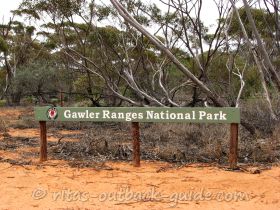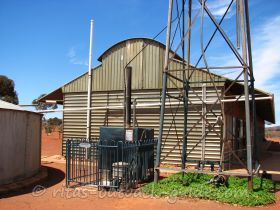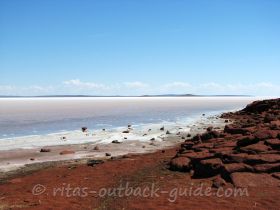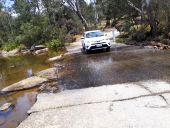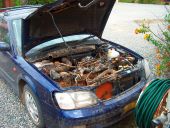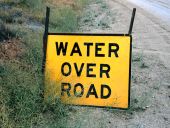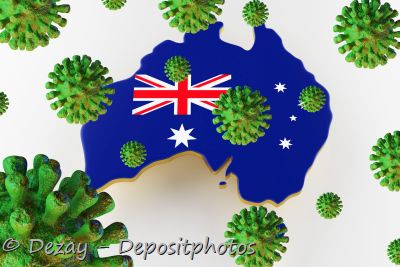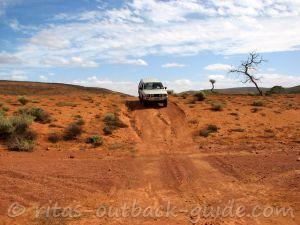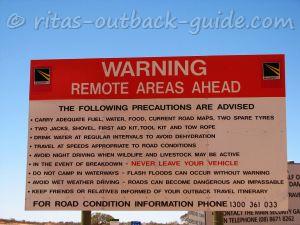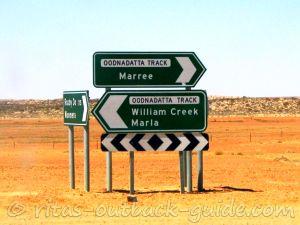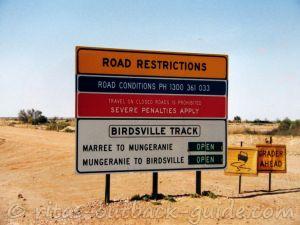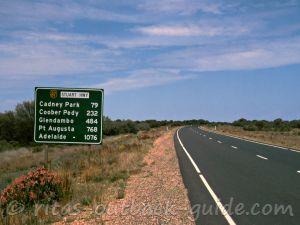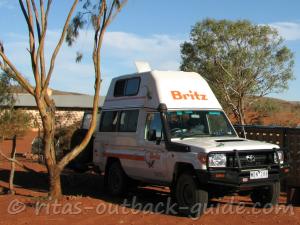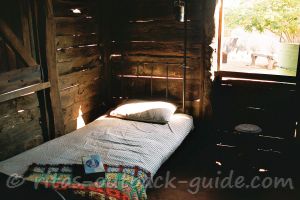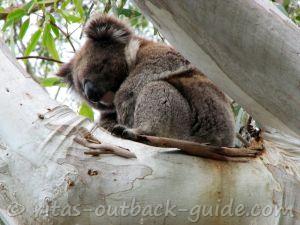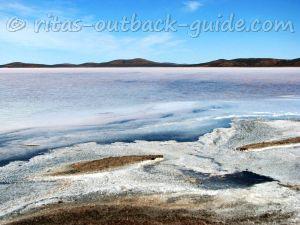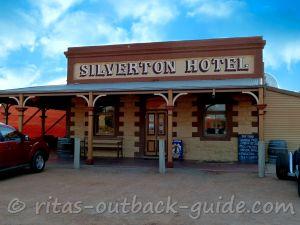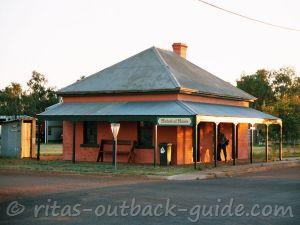Gawler Ranges
Rocky ranges, huge salt lakes & scenic landscapes
The Gawler Ranges are another spectacular wilderness area in Outback South Australia.
Located in the north of Eyre Peninsula, about 550 km north-west of
Adelaide, this is the perfect destination to explore more stunning
Outback scenery and experience four-wheel-drive adventures.
Actually, the entire region north of the Eyre Highway is very remote Outback country.
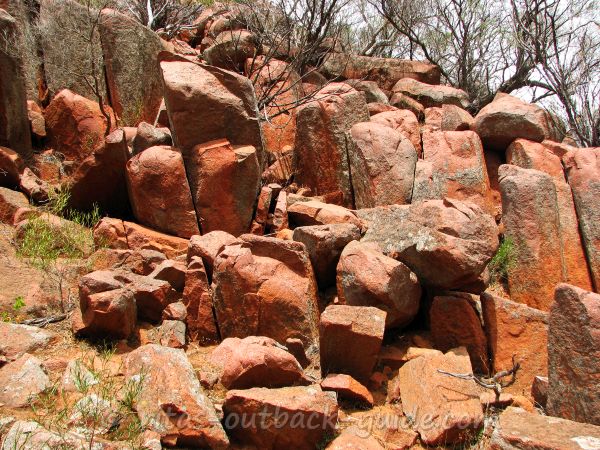 Colourful rock formations
Colourful rock formations
The Ranges were formed by volcanic activity about 1600 million years
ago. The volcanic ashes built huge rhyolite columns, called organ pipes,
which are scattered throughout the region.
The most popular formations are Peter's Pillar and Kath's Castle on Mt.
Ive Station, and the huge Organ Pipes formations in the National Park.
The rolling hills are covered with spinifex, and salt bush in the north, and mallee bush in the south.
Attractions
The main attraction of this region is the ancient landscape and the fact that the Gawler Ranges are not overcrowded by visitors - yet.
- Bizarre granite outcrops north of the highway. Polda Rock and Mount Wudinna are remarkable examples.
- Wildflowers - Visit in spring, and if you are lucky, the region abounds with wildflowers.
- Huge salt lakes - Lake Gairdner, Lake Everard, Lake Acraman - Glistening salt lakes that contrast with the red hills.
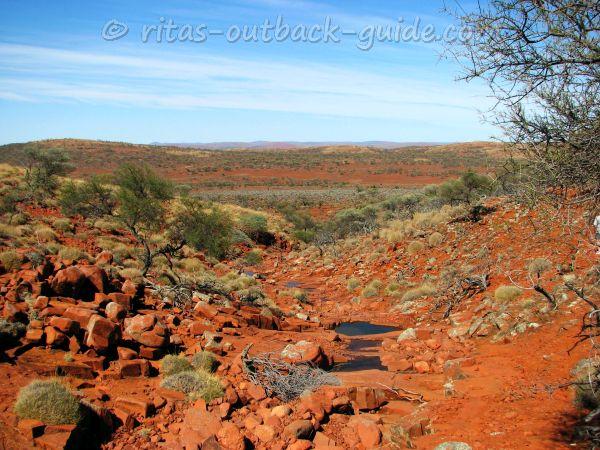 Scenery near Mount Ive station
Scenery near Mount Ive station- Gawler Ranges Nation Park - The park is fairly new (2002) and protects the transition area of the mallee in the south and the arid zone in the north of the ranges.
- Mt. Ive Station - Apart from basic bush-camping areas in the national park, this working sheep station offers the only facilities for travellers. It is a fantastic place to stay and explore the region.
- Unique landscapes and abundant wildlife - Even
if you are driving, you'll see kangaroos, emus, birds and other
wildlife. Check bushes and low trees along the road, where kangaroos hide
from the sun during the day.
- Watch out for the burrows of the southern hairy nosed wombat.
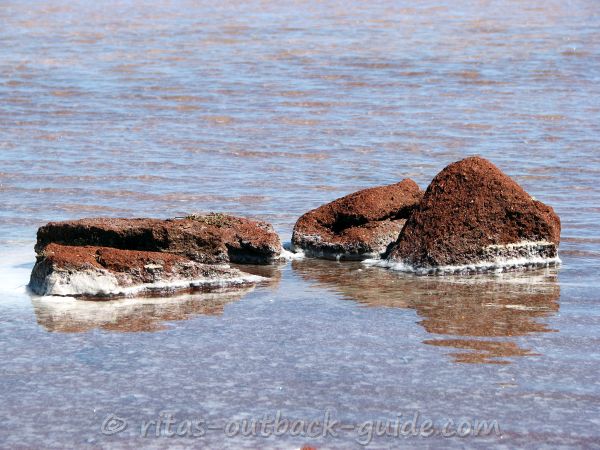 Lake Gairdner with water on the surface
Lake Gairdner with water on the surfaceWhen to visit the Gawler Ranges?
The region enjoys warm to hot summer, cool days and cold nights in
winter. Low annual rainfall defines the climate of this region.
The average daily maximum temperature is 34°C in January, however, temperatures can go up to 40°C in summer. The mean day temps in winter are around 16°C, and around 4°C at night.
The best time to visit is certainly spring and autumn. Summer days can
get quite hot. Winter might be okay as well, if you have good camping
equipment to keep you warm at night.
My visit was in November (spring), and I can tell you about cold nights!
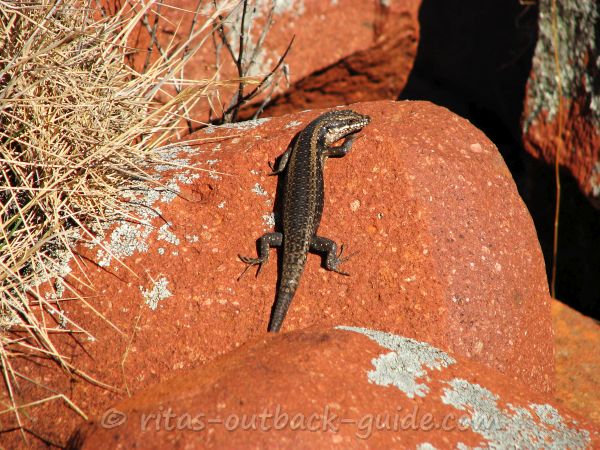 Lizard basking in the sun
Lizard basking in the sunGawler Ranges Visitor Information
How to get there?
Coming from Port Augusta take the Eyre Highway to Western Australia.
Leave the Highway at Iron Knob for a leisurely drive (130 km) to Mt. Ive
Station on a reasonable good dirt road.
If you plan to explore the ranges in detail, make Mt. Ive your base. It
is centrally located, and the only place off the highway to get fuel.
Further west, Wudinna and Minnipa on the Eyre Hwy have access to the
Gawler Ranges National Park via minor roads. However, to visit any attractions
further north might be too far away from the highway to manage on a day
trip.
Road conditions
All roads north of the Eyre Highway are unsealed. In dry weather the main roads are usually in good condition.
Although you can do many roads with a robust 2 WD with high clearance,
it is good to have a 4 WD to explore the Gawler Ranges. Some tracks to
the highlights might be a bit rough and tricky.
In most cases it is the high clearance of a four-wheel-drive car you'll need, rather than driving in 4WD modus.
Facilities
Fuel, accommodation and shopping facilities are available in all towns
along the Eyre Highway. Once you leave this main road, you should be
well-prepared and carry food and water for your stay.
Mt. Ive Station has accommodation, fuel, and a very basic shop. Additionally, there
are basic camp grounds in the National Park, most without any facilities.
Useful phone numbers
Visitor Information Centre, 44 Eyre Highway, Wudinna, Ph: (08) 8680 2969
Transport South Australia's hotline about road reports and road closures is 1300 361 033
Please note that unsealed roads might be closed in wet conditions.
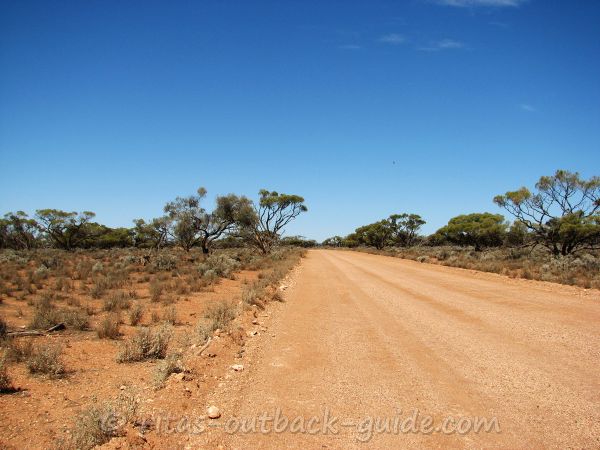 Nonning Road to Mount Ive
Nonning Road to Mount IveDiscover the secrets of the Gawler Ranges
The articles below will help you prepare your journey
- Home ›
- Gawler Ranges Overview

